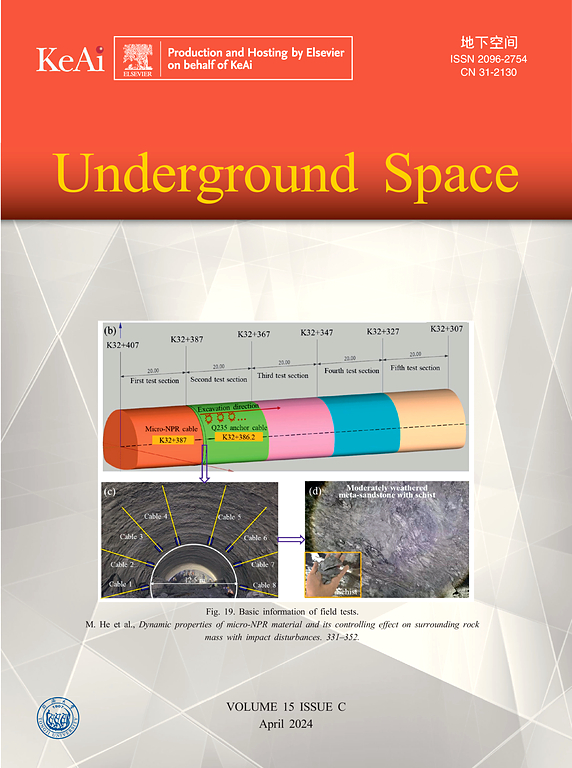评估地震诱发土壤液化的深度学习和不同数据源之间的改进迁移学习
IF 8.3
1区 工程技术
Q1 ENGINEERING, CIVIL
引用次数: 0
摘要
由于各种各样的液化记录和有限的信息,土壤液化评估仍然是地震岩土工程中一个关键而复杂的挑战,这需要一个更广义的现成模型,可以在不同的数据源上实现良好的性能。本文建立并研究了土壤液化预测的深度学习模型,提出了一种改进的不同数据源间迁移学习方案。收集了基于剪切波速、基于cpt、基于spt和实际案例的各种数据集,并利用这些数据集验证了该模型的有效性和准确性。由于不同的土壤液化数据源通常共享多个岩土力学参数,我们致力于将模型先验信息、特征映射和数据重构结合到迁移学习模型中,解决多源域自适应问题,从而进一步应用于其他预测分析,促进岩土工程在线学习模型的建立。将深度学习模型与几种经典的机器学习和集成学习模型进行了比较,并通过比较不同的特征转换技术与各种基于特征和基于实例的迁移学习方法相结合,建立了改进的迁移学习模型。数值研究验证了深度学习和改进迁移学习模型的准确性和有效性。本文章由计算机程序翻译,如有差异,请以英文原文为准。
Deep learning to evaluate seismic-induced soil liquefaction and modified transfer learning between various data sources
Soil liquefaction assessment remains a crucial and complex challenge in seismic geotechnical engineering due to various liquefaction records and limited information, which entails a more generalized off-the-shelf model that can achieve favourable performance on different data sources. In this work, a deep learning model is built and investigated on the soil liquefaction prediction and a modified transfer learning scheme between different data sources is presented. Various datasets, including shear wave velocity-based, CPT-based, SPT-based, and real cases, are collected and utilized to verify the effectiveness and accuracy of the proposed model. Because different data sources in soil liquefaction generally share several geotechnical and mechanical parameters, we work to combine model prior information, feature mapping and data reconstruction in transfer learning models to tackle multi-source domain adaption, which can be further applied to other predictive analysis and facilitate online learning models in geotechnical engineering. Also, the deep learning model is compared with several classical machine learning and ensemble learning models and the modified transfer learning model is formulated by comparing different feature transformation techniques integrated with various feature-based and instance-based transfer learning methods. The accuracy and effectiveness of the deep learning and modified transfer learning models have been validated in the numerical study.
求助全文
通过发布文献求助,成功后即可免费获取论文全文。
去求助
来源期刊

Underground Space
ENGINEERING, CIVIL-
CiteScore
10.20
自引率
14.10%
发文量
71
审稿时长
63 days
期刊介绍:
Underground Space is an open access international journal without article processing charges (APC) committed to serving as a scientific forum for researchers and practitioners in the field of underground engineering. The journal welcomes manuscripts that deal with original theories, methods, technologies, and important applications throughout the life-cycle of underground projects, including planning, design, operation and maintenance, disaster prevention, and demolition. The journal is particularly interested in manuscripts related to the latest development of smart underground engineering from the perspectives of resilience, resources saving, environmental friendliness, humanity, and artificial intelligence. The manuscripts are expected to have significant innovation and potential impact in the field of underground engineering, and should have clear association with or application in underground projects.
 求助内容:
求助内容: 应助结果提醒方式:
应助结果提醒方式:


